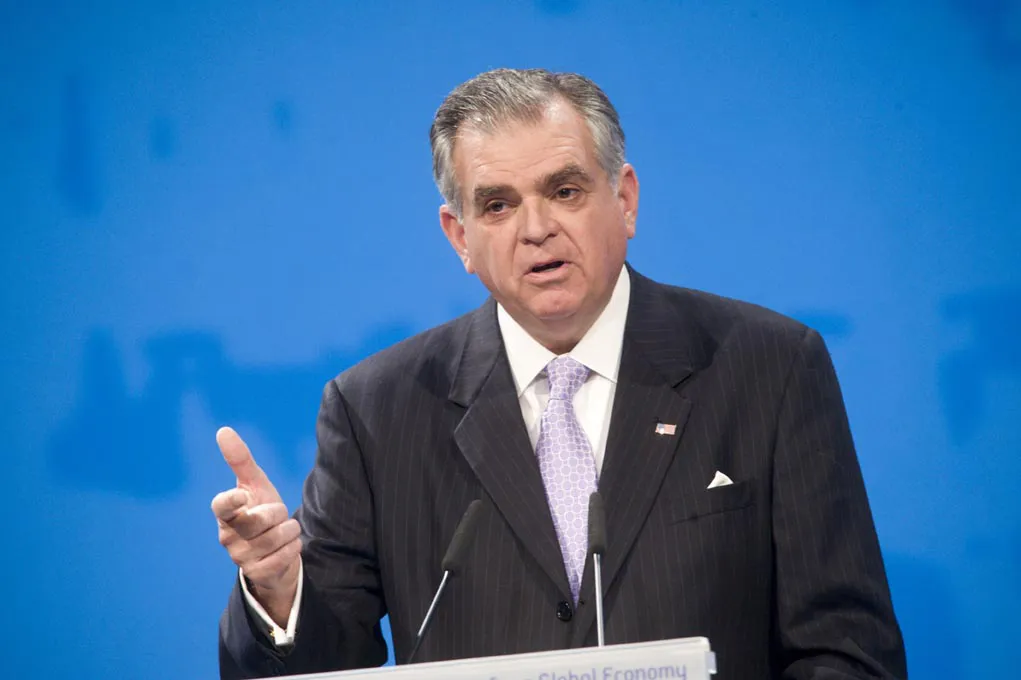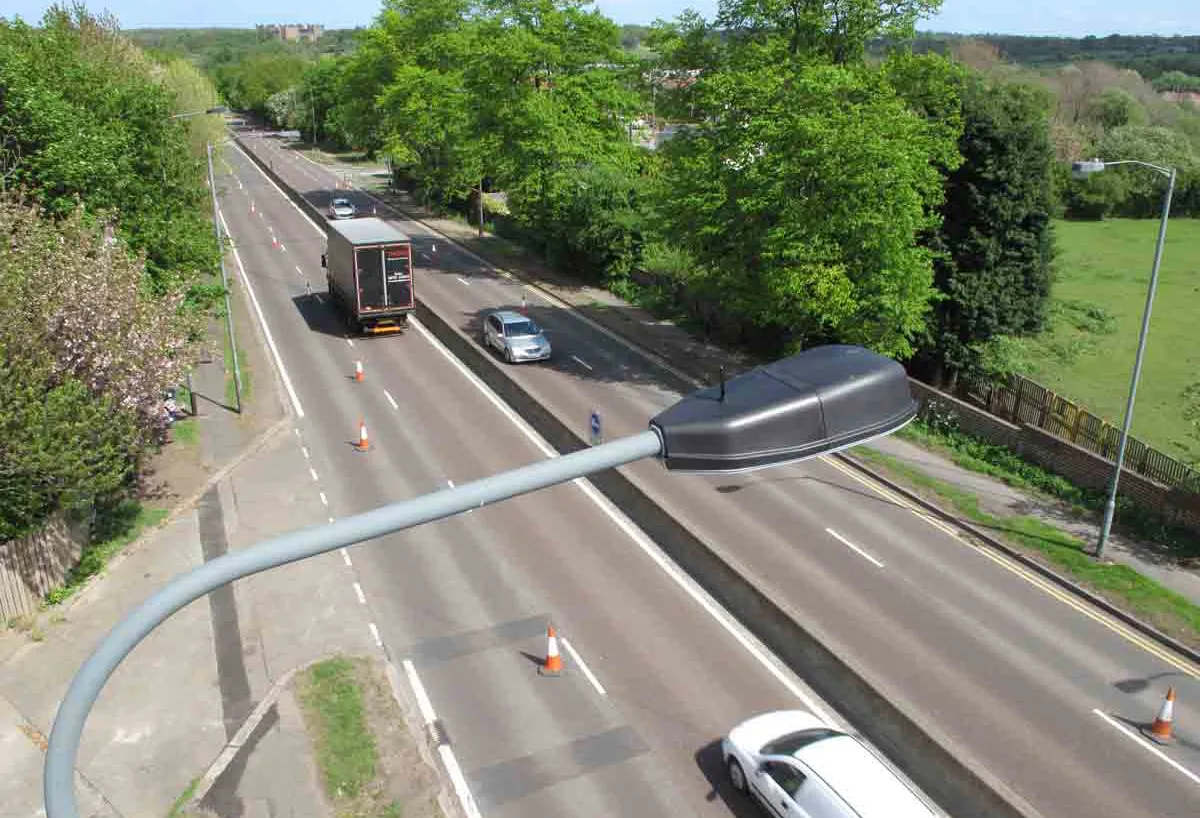Anticipating new trends, the IRF organised a high level panel discussion on the promising and fast-growing market of carbon trading in the margins of the 2nd International Roads and Environment Conference hosted in Geneva, Switzerland on 10-11 November, 2008. Now is the time for the road builders to add trading to their armoury of carbon-reducing measures. Carbon trading has moved from the margins to centre stage. World economic growth may be stalling or going into reverse, but the search for post-Kyoto cl
July 4, 2012
Read time: 4 mins

Anticipating new trends, the IRF organised a high level panel discussion on the promising and fast-growing market of carbon trading in the margins of the 2nd International Roads and Environment Conference hosted in Geneva, Switzerland on 10-11 November, 2008. Now is the time for the road builders to add trading to their armoury of carbon-reducing measures. Carbon trading has moved from the margins to centre stage.
World economic growth may be stalling or going into reverse, but the search for post-Kyoto climate solutions is not slowing. Carbon trading is an undeniable market trend but is not exempt from criticism.According to the
Looking at this huge growth, and taking into account the current factors behind the global financial crisis (among them a reluctance of commercial banks to lend, particularly to each other) the panel discussed the validity of these new financial instruments and the risks inherent in a volatile market.
Certainly, there is now unpredictability in pricing, but experts foresee that this will diminish in the longer term as the price increases from €20 ($26) in 2009 to a probable €37 ($48.5) per tonne by 2012. Much will depend on the supply, where governments will continue to exert great influence and must therefore show great constraint and leadership.
Such statements inevitably lead to a questioning of the influence of governments and a hidden motivation behind cap and trade and allowing the market to find its own level in dealing with it. The audience was not convinced that emissions certificates are not just a concealed tax which ends up by being just another source of revenue to governments, with no necessary link to environmental efficiency.
Currently, the price of one tonne of carbon varies greatly according to where the offset takes place. A price range of $2-200 was mentioned. This led to a discussion on the "right" price for carbon.
According to the experts, the price depends on the following criteria: the place of trading, the kind of credit traded (VER or CER), the nature of the projects which various organisations are sponsoring and the quality, recognisability and verifiability of those projects. However, the question of what is the "best" investment remained. It was highly recommended to discuss this in detail with commodity traders.
Ultimately, as the market becomes more mature, the "right" price for carbon will become the price at which real change is driven. That is, the price at which large numbers of economic actors see a viable choice between buying "cheap" credits or making direct investments, themselves, in greener technology or methods - the abatement cost. One panelist's estimate of an average current price based on abatement cost was €45 per tonne.
What should
IRF was pleased to welcome for this panel discussion the following experts: H.E. Abdullah A. Al-Mogbel, Deputy Minister of Transport for Roads, Kingdom of Saudi Arabia; Patrick Birley, Chief Executive- European Climate Exchange (ECX); Michael Brennwald, Director First Climate; Henry Derwent, President & CEO - International Emissions Trading Association (IETA); René Estermann, Director General - Myclimate.org; Ben Lashkari, Director Environmental and Commodity Markets - Swiss Re, and Axel Pierron, Senior Vice President - Celent.
They provided valuable insights on the risks and opportunities of this fast growing financial market and explained how to shape short and long-term investment strategies despite constant changes in the legislative framework. ·








